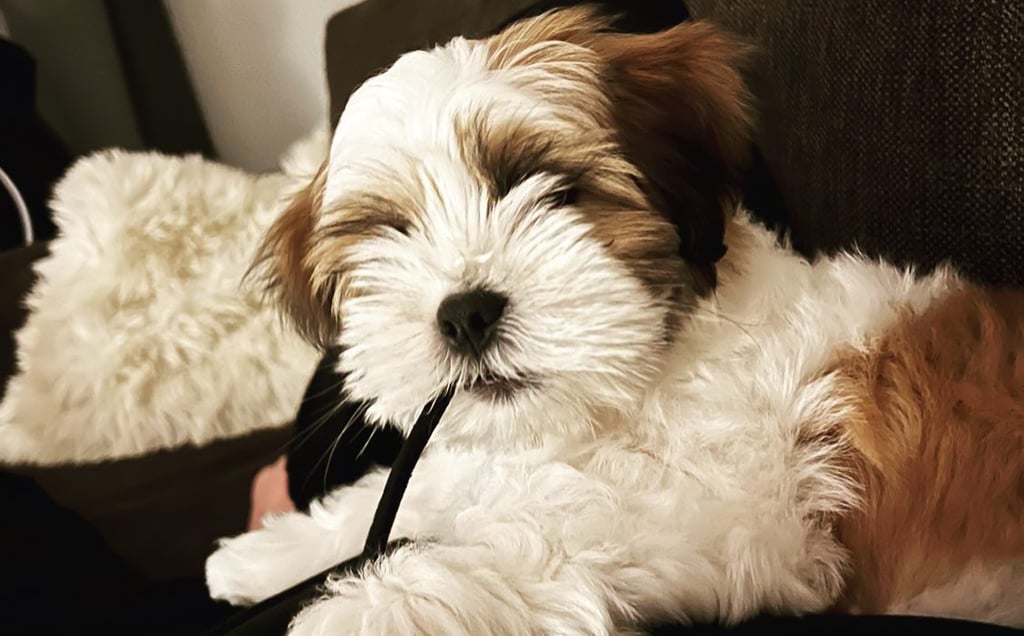The Weighty Matters of Dog Ownership: A Tale of Scales and Knuckles
Owning a dog is a journey filled with joy, laughter, and the occasional mystery – like figuring out if your furry friend is at a healthy weight. But fear not, dear reader! With a digital scale and a bit of knuckle know-how, you can become the Sherlock Holmes of doggy diets. Let’s dive into the world of canine weight management with a sprinkle of humor and a dash of wit.
Laura Lhasafam
9/11/20242 min read


Step 1: The Scale Tango
First things first, grab your digital scale and prepare for a little dance. Weigh yourself (don’t worry, we won’t judge), then weigh yourself again while holding your dog. Subtract your weight from the combined weight, and voilà – you have your dog’s weight! It’s like a math class, but with more fur and fewer equations.
Step 2: The Knuckle Test
Now, let’s get hands-on with the “knuckle test.” This isn’t some secret martial arts move; it’s a simple way to gauge your dog’s weight by feeling their ribs. Here’s how it works:
Feel Your Dog’s Ribs: Run your fingers over your dog’s ribs, about where the body begins to curve downward.
Make a Fist: Now, make a loose fist and feel the bones on your hand. Run your fingers over the back of your hand, then over your knuckles, and finally over the back of your fingers near the knuckles.
Compare: Compare how the bones feel under the flesh of your hand to how they feel on your dog.
If your dog’s ribs feel like the back of your hand (barely felt), your dog is likely overweight. If they feel like your knuckles (prominent bones), they’re probably underweight. If they feel like the backs of your fingers (you can feel each rib with some padding), then your dog is likely at a healthy weight. It’s like a tactile treasure hunt!
Step 3: Know Where You Want to Be
For a true-to-type Lhasa Apso, the ideal weight of an adult male is between 6-8 kg, and for a female, it’s between 5-7 kg. They should have a slight taper to the back end, but not much. Your veterinarian can confirm if your dog is at a healthy weight.
Step 4: Diet and Exercise
Before you start any diet or exercise regimen, consult your vet. A single kilo might not seem like much to you, but to a 7 kg dog, it’s a big deal. Just like humans, dogs should gain or lose weight gradually. Quick changes can be unhealthy and stressful.
Final Thoughts
So, there you have it – the knuckle test and a bit of scale magic to keep your dog in tip-top shape. Remember, a healthy dog is a happy dog, and a happy dog means more tail wags and fewer vet visits.
